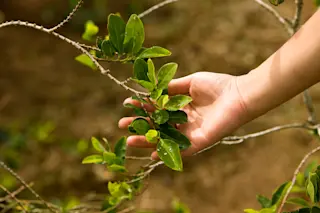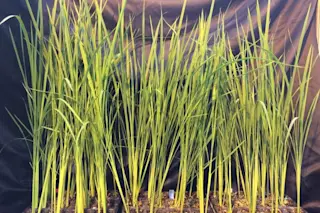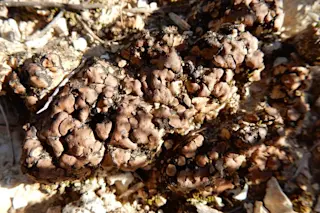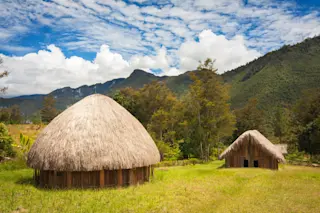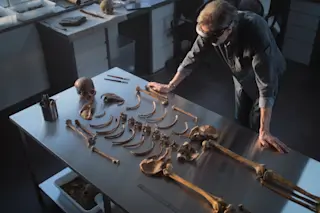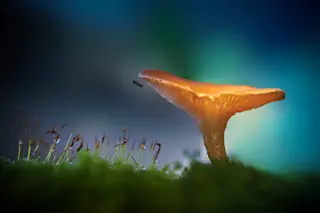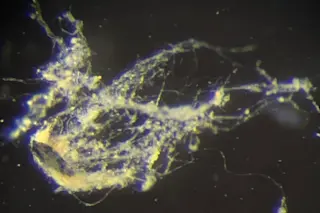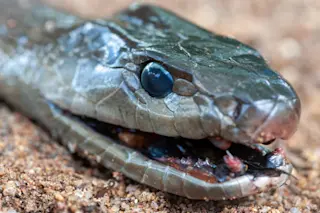Cocaine is perhaps most notoriously known as a dangerous drug. But it’s also used legally as a local anesthetic for surgeries. Scientists in China have now genetically engineered a tobacco plant to produce cocaine in its leaves.
“Actually, it’s a big challenge to solve this unresolved scientific question,” says Sheng-Xiong Huang, a plant chemist at the Chinese Academy of Sciences’ Kunming Institute of Botany.
Researchers have attempted to determine how the coca plant, native to western South America, biosynthesizes cocaine for at least a century.
More recently, Huang and other researchers found the biosynthetic pathway of the drug hyoscyamine, another tropane alkaloid with psychoactive effects. For a study published last year in the Journal of the American Chemical Society, Huang and his coauthors discovered a pair of enzymes responsible for creating cocaine.
To learn more about the process, the team had to reverse engineer cocaine by tinkering with the genes ...



